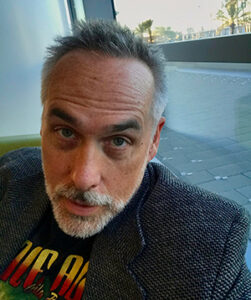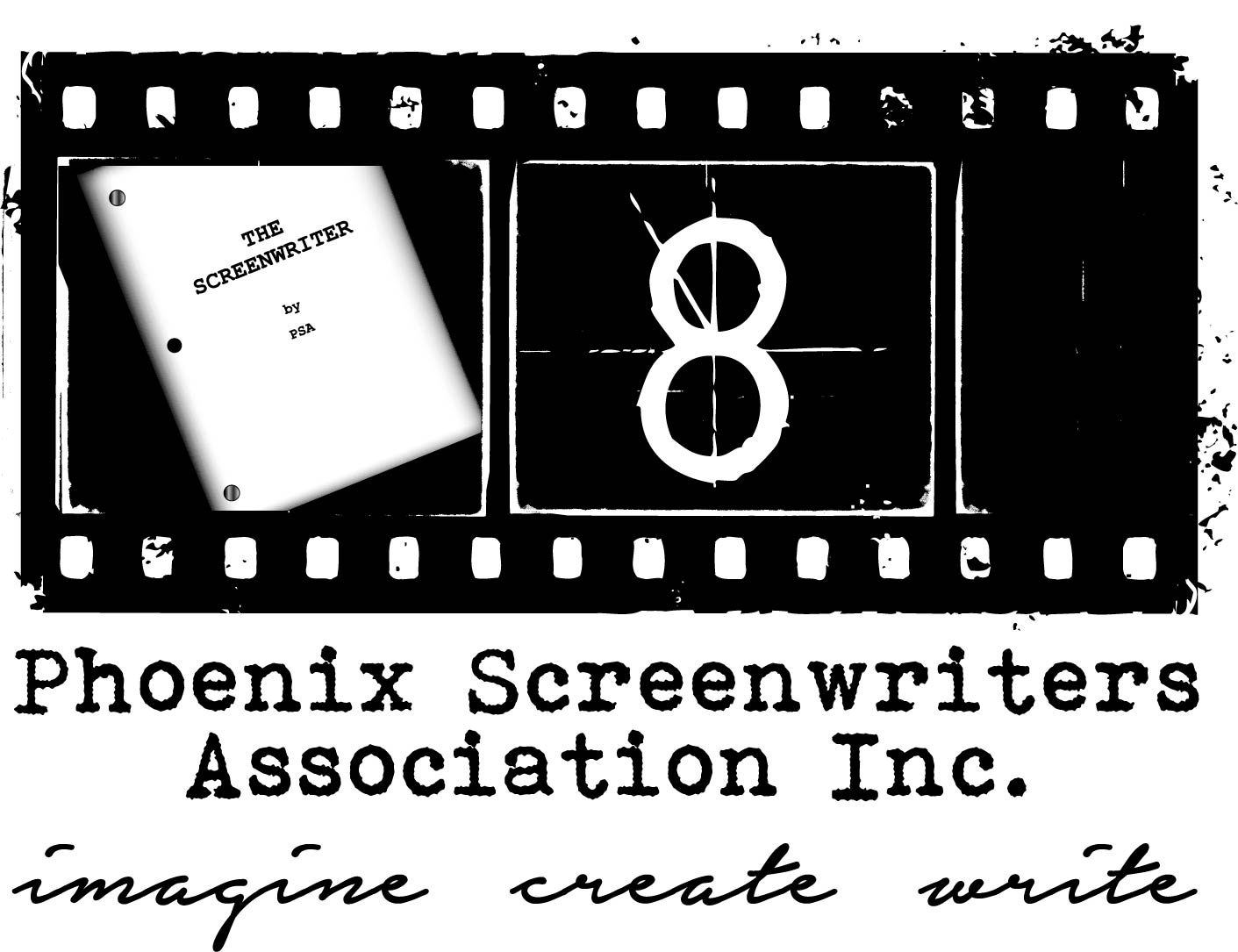Your Friend, the Outline
by Bill True – Writer and Dept. Chair & Head of Dramatic Writing at the Scottsdale School of Film+Theatre
 I don’t know what happened between some screenwriters and the practice of outlining. When the perception shifted from it being an integral part of the creative process, to being branded a nuisance. Or worse, a creativity killer.
I don’t know what happened between some screenwriters and the practice of outlining. When the perception shifted from it being an integral part of the creative process, to being branded a nuisance. Or worse, a creativity killer.
I could wax on about why people don’t wanna do no stinkin’ outlining, but that’s why God invented writer Twitter. Instead, I want to say a few words in support of my friend, the story outline.
One reason people avoid outlining, I think, is they believe it’s an obstacle blocking them from getting to the “real storytelling,” i.e., the scripting part of the process. Since “the play’s the thing,” they mistakenly conflate writing the script document with “writing” the all encompassing creative endeavor. Listen, it’s not that I believe the scripting process isn’t creative. For my money, though, it’s only one part of a larger creative process.
The scripting process is where I translate this cool story I developed into a movie or TV experience. By this time, I want to spend my creative energy on creating a visceral and dynamic cinematic experience the helps readers “see” the thing in their minds. Sure, I work out some story problems on the page, and I often deviate from my outline because the scripting process illuminates. But it’s enough work to accomplish all that in script. I don’t want to have to stumble around in the dark trying to connect the dots at the same time because that would detract from the creative work of crafting killer pages and scenes and such.
Before I get to script, I work out the story as much as I possibly can, so there’s little guess work before I type FADE IN. I do this for no other reason than I need to wrap my head around all of it, and getting the shape of the story down in some way I can use as a roadmap later makes the scripting process easier for me. And it makes my first drafts better, which, in turn, makes the rewrite process easier.
My advice: look at outlining as a critical aspect of the overall creative process. Make it your friend, and it will help you write better scripts. I promise.
Alright. But how does one make that happen? Here are a few considerations:
Not every outline needs to be a novel — Listen, I’ve written twenty page outlines, and I’ve written “outlines” that were ten sentences on the back of a napkin. The bottom line is the outline exists to serve you. To deposit story information somewhere, so you don’t have to hold it all in your head. To help you more easily navigate around the various parts of it, so you can shape them until the story works well enough (meaning you had the “oh, my god! I get it now!” moment) to start scripting.
I kick off each outline process with the same question to myself: What do I need to wrap my head around this? I write this question down, and then I answer it on the page. My friend, Dean Hyers, often says, “Humans are question-answering machines.” Dean’s onto something. When I start the exercise with a question, answers seem to simply pour out. After I’m done, I usually have a pretty good handle on the best strategy to get me to clarity, and get me to FADE IN.
Outlines aren’t “one size fits all” — There are countless, awesome tools out there to help people craft their stories, but you don’t have to use all the tools all the time for all the projects. That’s a recipe for getting lost and throwing your hands up in exasperation.
Case in point: I love character bios as much as the next person, but I don’t do exhaustive bios on all my characters for every story. A bio is helpful to understand why a character is the way they are in the context of the story, and tracing their history gives me insight to their motivations and conflicts with other characters. If I already have a pretty good sense of all this, though, I won’t waste my time and energy on a bio. When I need to answer a specific question about their motivation, I ask my story development angels for guidance. I dunno. Works for me.
There is no right or wrong way to outline. There are no better or worse formats. There are no things you absolutely need to include, and they don’t have to make sense to anyone but you. So when you ask yourself what you need to wrap your head around this story, don’t drown yourself in a sea of information when all you really needed was a sip of water.
It helps to work from large to small — I didn’t invent this. Some guy named Aristotle came up with it about 2,500 years ago in this thing called The Poetics.
The idea is to make sure you have a handle on all the big, important moments in your story first. The signposts that guide you through the general arc of the thing. In his excellent and operable book, Classical Storytelling and Contemporary Screenwriting (not a paid endorsement; just a really helpful book), my pal, Brian Price, referred to these as “Anchor Points.” Figure out the Anchor Points for your story, and make sure they align in a way that makes sense to you and feels like a movie or TV pilot. Now, all you gotta do is fill in the blanks from Anchor Point A to Anchor Point B, and so on. You’ve given yourself a starting and ending point for your action, and you can focus on solving problems for specific portions of the story instead of trying to fix everything at the same time.
Okay. What are you waiting for? Go forth, and outline! You’ll thank me, and your script will thank me.
Bill True’s debut feature, Runaway, was hailed by critics as “Brilliant” and “Hitchcockian” as it premiered to universal accolades at Tribeca and Toronto. Bill also took the top prize at the Austin Film Festival for his work on Runaway, which was subsequently released by eOne Films. He has since developed feature and television projects with The Film Collective, NBA Entertainment, Warner Horizon Television, Veritas Entertainment, More/Medavoy Productions, eOne Television, and more. He is currently in development at Echo Lake Entertainment on his original drama series, Way Beyond. He also working with Rom Com Pictures to produce his original drama series, Hope Springs.
In addition to his work in Hollywood, Bill is Faculty-in-Residence for Dramatic Writing and Department Chair at the esteemed Scottsdale School of Film+Theatre.

What if a writer struggles after the outline is formed? It was in my head, I wrote th outline and then I sometimes get stuck. Is if I need to write from beginning to end non-stop before I forget thoughts on 3x5s and an outline. Moving from my thoughts to an outline seems to detour the creative thinking before starting the outline. Exercises? No jumping jacks, knee injury. And other exercises you may pass along. Best. Mark.